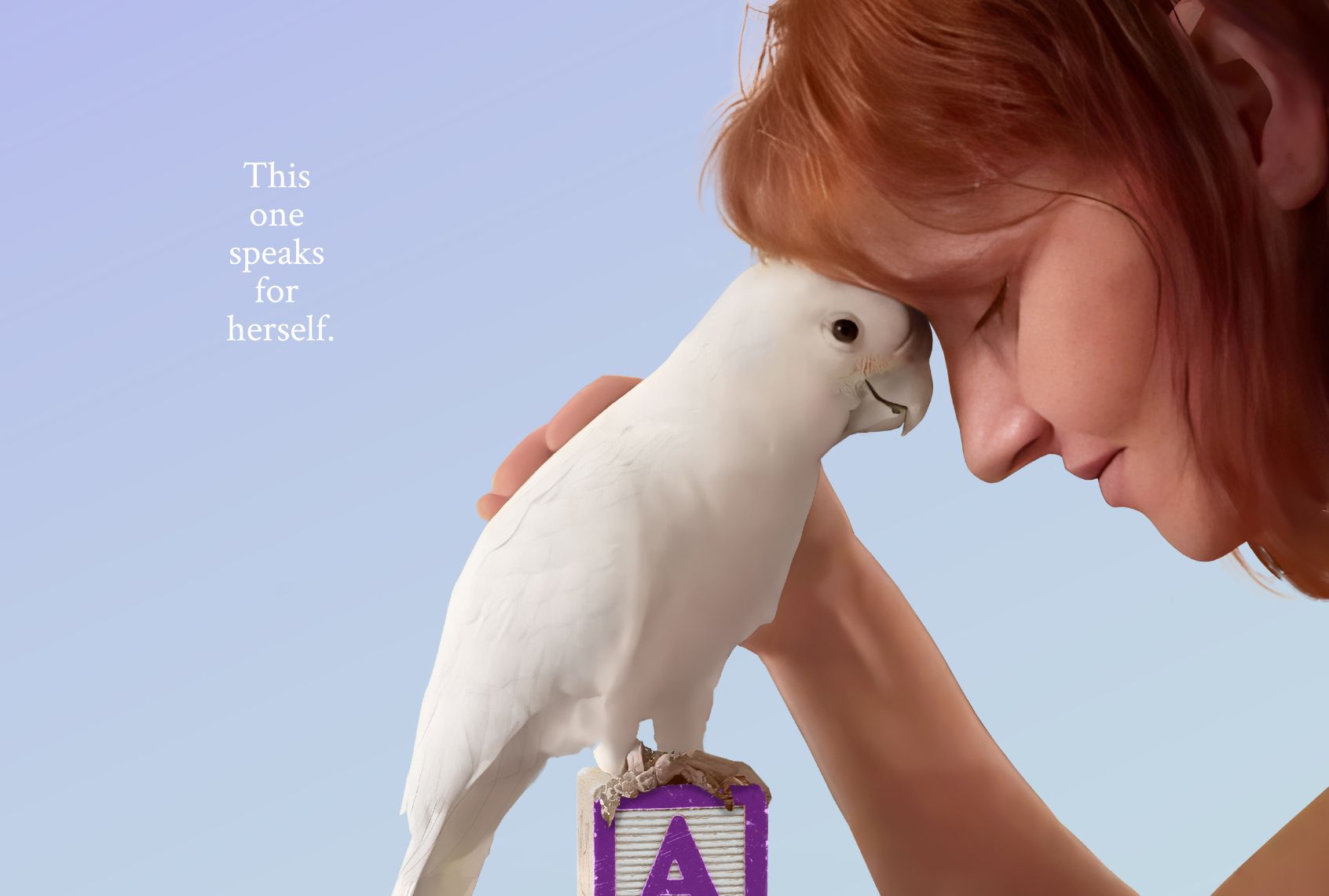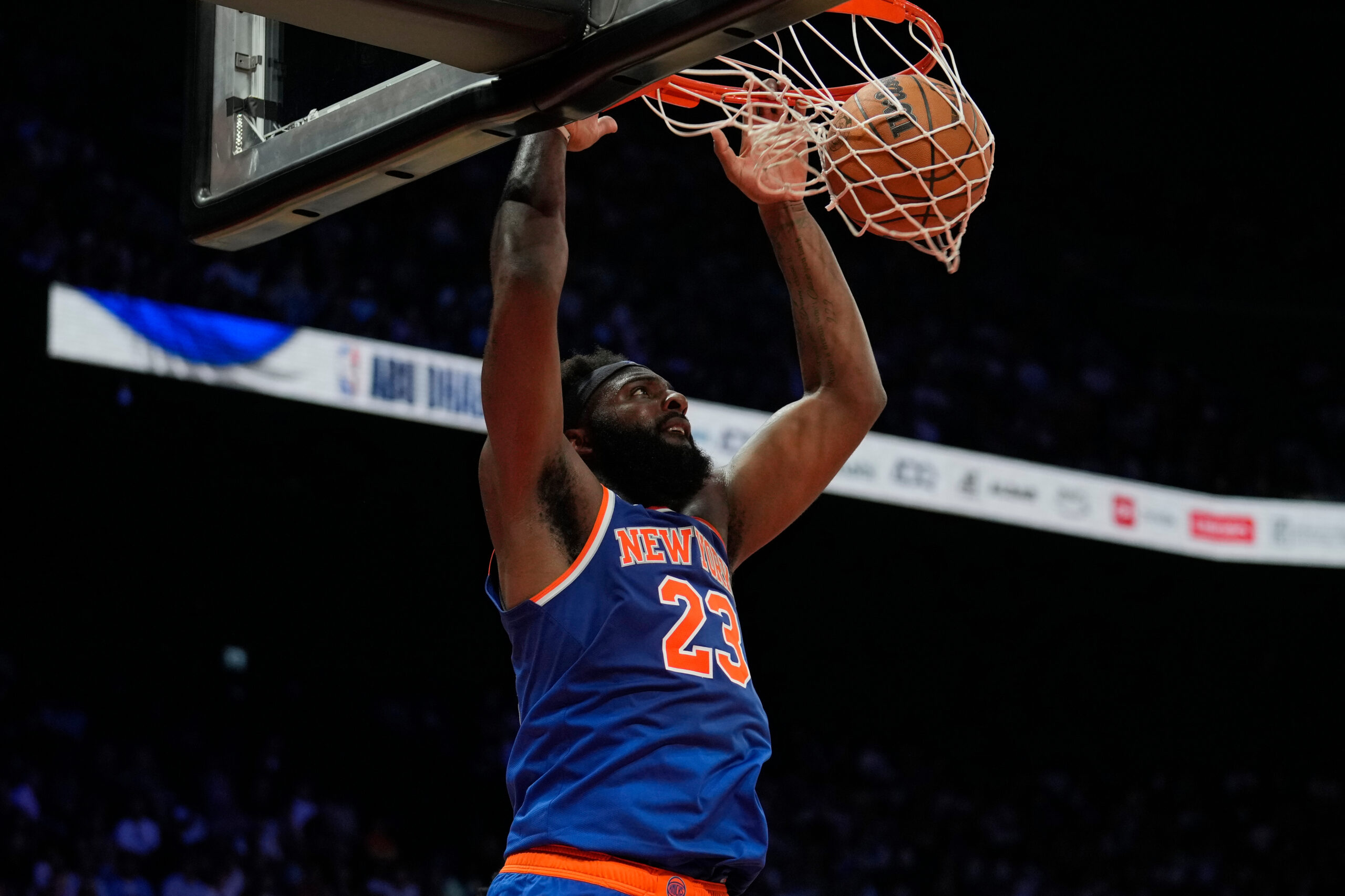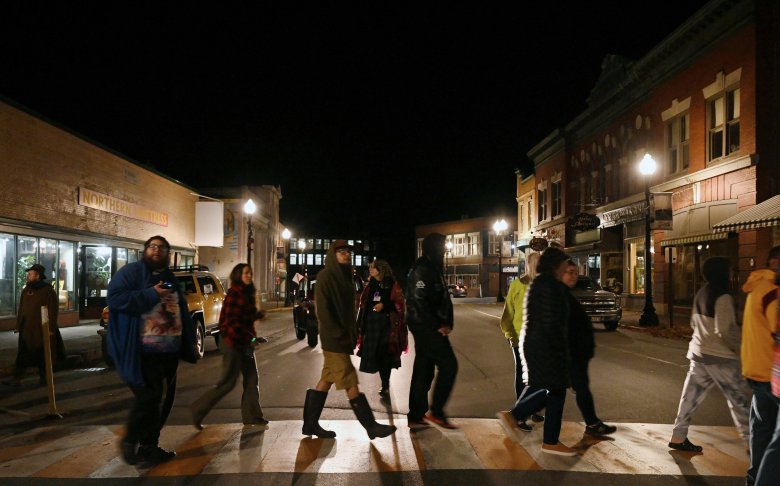“What is grief if not love persevering?” The Marvel Cinematic Universe unexpectedly delivers this profound line at the end of *WandaVision*, reframing heartbreak as a positive continuation of the feelings we as humans choose to embrace. Grief requires active participation to stay alive, and to cut it off prematurely is to deny love’s importance to us.
But all too often, we’re asked to put grief on hold—to arrange affairs, to fight over property, to get back to work, or, worst of all, to move on because the world doesn’t deem our grief as legitimate or worthy. Pet owners know this injustice well.
“When you lose a pet, the world sees it like you’ve lost maybe a quarter of a human.”
The documentary *Parrot Kindergarten* explores what happens when a parrot named Ellie chooses to grieve. While the overall film follows her journey using a tablet—an AAC (augmentative and alternative communication) device, to be precise—to communicate, the bond she has with her owner, human mother Jen Taylor-O’Connor, also takes center stage.
Part of their relationship involves discussing Ellie’s so-called sisters—parrots named Isabelle and Tillie—and how to help them. One day, however, Ellie uses the tablet to recall another sister, the bird Lily, who had died several years ago. Ellie’s insistence on remembering Lily by looking at photos, requesting conversations about her, and even telling complete strangers about her unlocks a grief that her owner wasn’t prepared for.
“It’s like the worst pain on earth,” Taylor-O’Connor told *Salon* in a Zoom interview. “I think grief is the worst, and sometimes when it’s not acknowledged by the public, you have to apologize for your grief, but then that makes it even more complicated.”
*Salon* spoke to Taylor-O’Connor about the documentary, Ellie’s talents and bossiness, the Parrot Kindergarten school for animal communication, and grief. The following conversation has been edited for length and clarity.
—
### Something I found really compelling when I first started following your account online—even before the documentary—were the conversations Ellie was having about missing Lily. What were your first thoughts when Ellie started initiating these conversations?
**Jen Taylor-O’Connor:** Lily died during the pandemic. There was a lot going on. I didn’t have a lot of time to process her grief and her death. Then Ellie started bringing Lily up — three years later. I added a grief menu to her speech board, not really thinking she would necessarily use it, just kind of adding it for completeness.
Immediately, she went to it, like on the very first day it was available, and she pressed these things. I was taken aback because I honestly wasn’t ready to have any kind of conversation about it. I didn’t know what to do. I was a little bit confused and overwhelmed and surprised by my own feelings. I guess because I wasn’t expecting it.
It became a couple months-long process of us grieving together with communication, because we shared the ability to talk about our grief. She initiated my grief process.
—
### Can you walk me through the AAC menu for this grief board?
**Taylor-O’Connor:** She has a menu that opens two submenus: “time” and “remember.”
“Time” includes sequences like time-related expressions. For “remember,” I had pictures — a photo of Lily, Moonlight (another parrot who had passed), our old house, things from the past. Then she could select different things like “talk about,” “look at pictures,” or express affect with “like” or “no like.”
So, she pressed “Lily,” said, “talk about feelings,” and did her little “want” signal — a movement like a parrot foot grabbing.
It’s very emotional. But part of me also wondered, what about Moonlight? Does Ellie not care about him?
—
### Does Ellie bring up Moonlight, too?
**Taylor-O’Connor:** Yes, she does. She was very close to Lily for about 10 years and didn’t know life without her. But she also asks for Moonlight a lot, and we have pictures of both in the room. So she asks for both of them honestly.
—
### What does it look like when a bird grieves? It may be different from what we’d expect.
**Taylor-O’Connor:** It’s interesting — we just wrote a paper including this. Her body language shows signs of pain. Her eyes flatten into an almond shape, which is a known pain signal in parrots. Her feathers kind of fluff down slightly. She looks like she’s in pain as she talks about it.
Also, every time Ellie meets new people, she tells them about Lily. For example, just yesterday, the people caring for her while I travel brought out the speech board, and Ellie was chatting with them. Then she pressed “Lily, like, remember Lily.” She wanted them to know she had a sister.
When she met my boyfriend, the first thing she told him was, “I had a sister; her name was Lily.”
—
### This seems to have unlocked something very deep for you. What did you, as a human, learn about grieving from Ellie?
**Taylor-O’Connor:** Oh my God, it really helped me. First, I grieved myself. I had to go through my own grief process with Lily. Then I created a sort of hopeful fiction about the afterlife for Ellie, because I can’t tell her there’s nothing afterwards.
As far as she’s concerned, and maybe truly, when we pass, we’re all together in a warm, happy place.
I imagined all her favorite things — pumpkins, summer, etc. So I tell her when we die, we go to a forever pumpkin house where all our favorites exist, and we’re all together.
It was a challenge for me coming from science, but I hope it’s true.
This experience made me realize how profoundly animals grieve each other and how shocking it must be to lose someone part of your life every day. It seems really intense.
Having an outlet for animals to express grief, communicate about it, look at pictures, and have conversations is probably very important and meaningful for them.
The impact these animals have on our lives and the need for us to grieve is something that, unfortunately, isn’t always afforded to humans with their pets or companions.
—
### Can you talk about the bias you see regarding grief over pets?
**Taylor-O’Connor:** It’s awful. When you lose a pet, the world treats it like you’ve lost maybe a quarter or half of a human — but it’s not really that. It’s like losing a significant part of your family and your life.
Many people who have birds or other pets grieve for decades. It’s like losing a child in many ways because our pets are often like our children.
There’s this bias that you’re supposed to get over it quickly and just get another one. But that’s not the experience. People really, truly grieve their pets.
She likes to boss me around,” is something Ellie does. One of the reasons the Parrot Kindergarten started was to build community — so people understand one another, including the grief and pain we sometimes carry.
Recently, I had a gathering for women, which included a grief specialist, because grief can be very painful and profound.
—
### A recurring theme in the film is human skepticism about whether animals even feel, let alone communicate. Could you discuss this bias and what it means for studying animal cognition?
**Taylor-O’Connor:** Definitely, there is a bias that humans are incredible, and no other species can be as incredible as us.
I often feel like I stand at the tip of a needle — on one side is social media where I share about animal intelligence, and on the other side is science.
In science, until recently, I couldn’t even say the word “words” or that she understands things. This year, we got to say she “communicates.” The bias in science is heavy against what animals can do versus humans.
While some evidence and proof are important, sometimes assuming animals don’t understand can be hurtful.
I’ve seen that happen.
This bias means we have to take careful, small steps with evidence.
At this point, Ellie has undergone 13 scientific tests, and she’s passed all of them amazingly.
—
### How many “words” does Ellie know now?
**Taylor-O’Connor:** In a study we’re about to publish, Ellie has around 820 icons, which are options on her screen—not words per se.
These options include repeating selections, so her vocabulary of distinct options is probably 500 to 600.
Her speech board is arranged so she can have entire conversations or interactions on each board, with family members, preferences like “like” and “no like,” weather, and more.
Right now, her speech board has over 1,500 options, many repeating.
—
### Is there something special about Goffin’s cockatoos that helps Ellie with communication?
**Taylor-O’Connor:** They’re very busy birds. That’s both a challenge and a trait.
People often think cockatoos are huge, but Goffins are compact, brilliant, and “zoomy.”
For example, Isabelle might sit quietly outside on a chair, but Ellie zooms around nonstop—under chairs, to the sides, and everywhere.
Goffin’s cockatoos have tons of energy and are really smart. Many birds are smart, but Goffins need mental challenges to settle them down.
Maybe that’s why Ellie likes to watch me run!
—
### What are Ellie’s favorite things to talk about and do?
**Taylor-O’Connor:** Everyone should know she had a sister!
Ellie loves movement. She bossed everyone around at a recent retreat, telling people to jump, dance, run, and swim.
She also expresses a lot about her sisters. She tells me when they need something, like “Mom, touch Isabelle,” or reminds me to be gentle with Isabel or to help Tillie.
She takes her communication role as their primary communicator very seriously.
She likes to boss me around and checks if lights are on or if the floor is clean.
—
### Does Ellie show any sense of wordplay?
**Taylor-O’Connor:** Not much opportunity so far, but there is one mischievous example.
When she’s mad at a sister or someone, she calls them “slow”—which is the ultimate Goffin cockatoo insult.
For instance, when I took Tillie for a walk but not Ellie, Ellie was mad at Tillie and said, “Tillie slow, Tillie slow. No, like Tillie, Tillie slow.”
I told her to be kind with words, explaining, “Tillie is fast. You’re fast. Everyone’s fast.” She then laughed with a little “heh.”
—
### Ellie often starts doing things on her own without prompting. What is something she’s asked for that surprised you?
**Taylor-O’Connor:** My fish Libby died about two years ago.
The very next day, all the birds did something special. They don’t often see me cry that much.
They made sure somebody was on the phone with me all day.
I’d do one-hour calls, then hang up so they wouldn’t be stuck with me.
Isabelle called me four times every minute, and Ellie called me 29 times within half an hour to check if I was okay.
That night, Ellie opened her gallery on the tablet to a picture of Libby and kept pressing “fish” and “talk about,” asking, “Do you want to talk about Libby?”
She was trying to comfort me in grief the best way she knew.
They were so sweet and precious—I wasn’t left alone.
—
### Has Ellie said anything that surprised you about her thought process?
**Taylor-O’Connor:** She knows when Isabelle needs something before I do.
I’m pretty in tune with my birds, but sometimes I’m not as aware as Ellie.
For example, when Isabelle was sick the second time, Ellie had a big conversation: “Isabelle broken sick sick sick Mom.”
Three days later, we found out Isabelle was really sick.
If Ellie says Isabelle wants something, and I do it, it’s almost always the right thing.
They know each other deeply—I trust Ellie’s words more and more.
I can’t imagine mothering without their help—they’re so in tune.
—
### Ellie is like your interpreter?
**Taylor-O’Connor:** Exactly. She’s the interpreter and lets me know what’s going on.
—
### What does this agency do for animals who can communicate this way?
**Taylor-O’Connor:** It’s incredibly powerful.
It gives them the ability to ask for things like an apple in the fridge, tell me if they don’t like something so I can adjust it, or say when they’re sick.
Plus, it’s fun! They can voice preferences like “light is out,” “please turn the light on,” which means a lot to them.
Ellie has been on a multi-year process grappling with death and anxiety.
Recently, she asked, “Can you die while you’re feeling good?”
She’s asked about cancer many times.
She even thought her hurt foot was cancer and is a bit of a hypochondriac.
That makes sense, given her sister died of cancer.
—
### You’ve shown that the birds enjoy picture books. What other media do they access?
**Taylor-O’Connor:** They love cartoons!
I decided early on to put them in a cultured setting where they relate to stories about children, mothers, grandmothers, and sisters.
They watch shows like *Curious George*, *Cloud Babies*, *Little Kingdom*, and *Peppa Pig*.
If they haven’t watched cartoons for a couple of days, they let you know they need their cartoons.
I’ve also taught them the story arc—characters, conflict, feelings, climax, and resolution.
They often tell stories, and I’m constantly asking, “And then what happened?”
—
### The documentary mentions Animal Kindergarten. What is the status of that?
**Taylor-O’Connor:** We ran inter-species workshops for a couple of years, which were amazing.
Now, besides parrots, I’m working with fish and cats teaching communication.
Cats are so funny and sweet.
They respond well to simple signs for “yes” and “no” with cards.
I have a cat named Blossom who loves hard challenges and wants to practice together.
The hope is to expand this approach across many species, led by science.
—
### If someone wanted to start communication with their animal, what would you recommend?
**Taylor-O’Connor:** We have Parrot Kindergarten (PK), which coaches people with any type of animal.
We use many modalities—AAC devices with technology, cards, or preference training.
For example, cats and fish can learn “yes” and “no” with cards.
—
### What’s next for you and Ellie?
**Taylor-O’Connor:** Ellie is teaching herself uppercase letters now.
She taught herself numbers early on — she figured out that higher numbers mean more treats!
She’s very motivated to get to nine treats; she mastered eight already.
She even joked, “Oh, this may be even too much for me”—talking about her big plate of treats.
She has started putting letters together to express things.
For example, she wrote “J U P E L L” recently, which might mean “jump Ellie” or “call,” something like that.
—
### Anything else you want to add?
**Taylor-O’Connor:** The most important thing is to proceed hand-in-hand with science.
We have amazing collaborators who love the birds.
We’re careful to ensure the birds have a positive experience and that everything lines up scientifically.
Also, the filmmakers who made *Parrot Kindergarten* were incredible with Ellie.
She loves them, and some of them are still her best friends.
One of the most beautiful things about making this film was that the crew stayed in her life and journey—they didn’t just show up and leave.
—
*Parrot Kindergarten* is in select theaters November 3.
https://www.salon.com/2025/11/02/parrot-kindergarten-ellie-grief/



